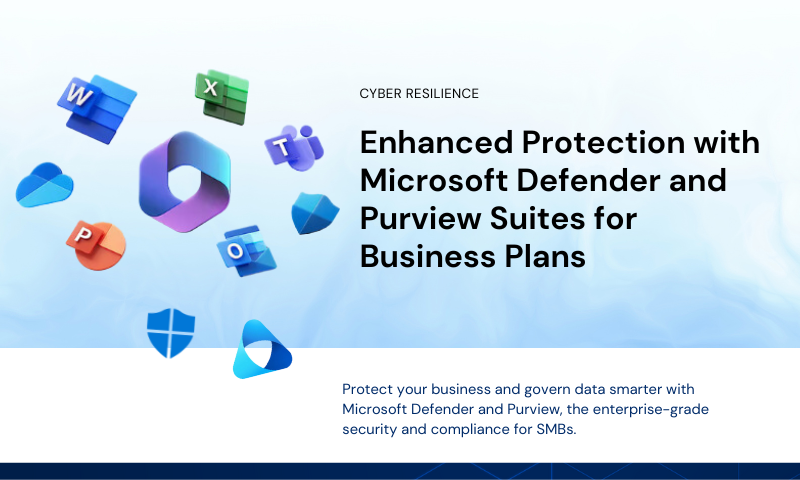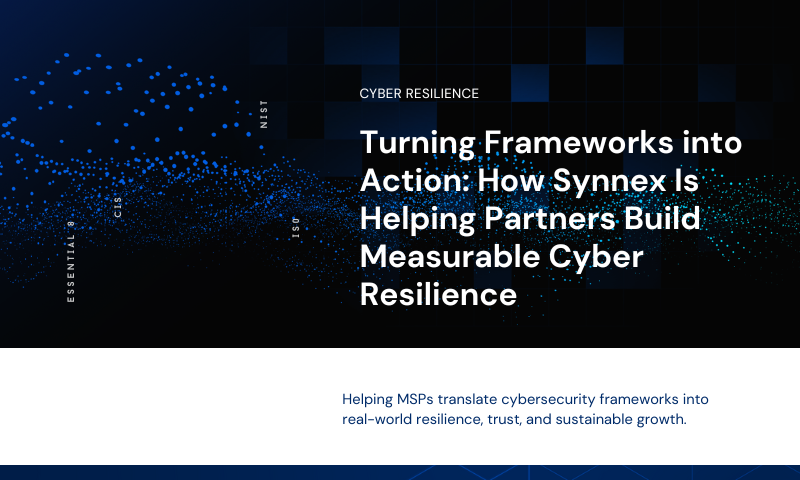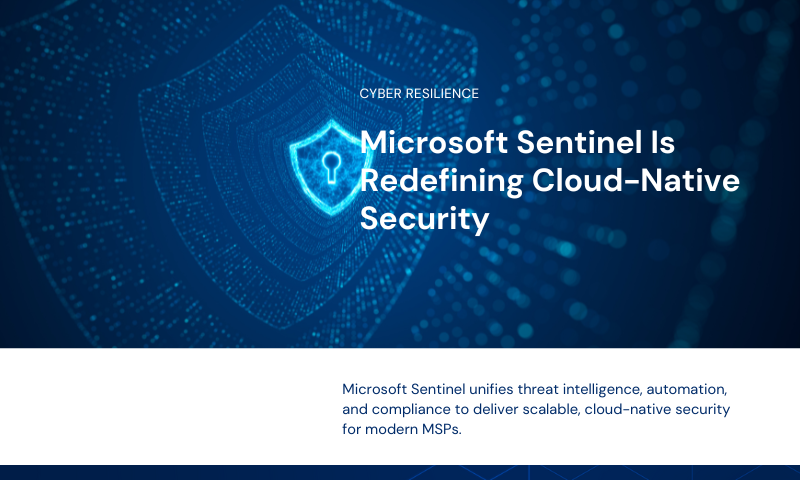Throwback to the roots of PDF
The humble PDF has been around for almost 25 years now, beginning life as a propriety document format from Adobe in the early 90s.
It was the culmination of the desktop publishing revolution, a format encapsulating typesets, layout, graphics and images that could be rendered on a wide-variety of system platforms or applications.
For many people outside the publishing industry, the PDF was just a simple tool to lockdown changes in a document before sharing.
Microsoft Word was the go-to to create and edit documents, while PDF is what you exported to when you were done.
The only dedicated PDF program known to most people was Adobe Reader, a simple and free program used to open and view a finished product.
By the late ‘00s, the PDF had beaten out its competition to become the file format for published documents; a title confirmed by becoming ISO Open standard in 2008.
The development and maintenance of PDF had gone global, too big for any one company to manage.
Extended features now abound in PDFs:
- interactive forms
- encryption
- digital signing and layered artwork
Dedicated PDF software applications have also grown in size, features and numbers.
The transformation of PDF solutions
Now with the increasing presence of dedicated PDF editors on the market, the way we are using PDFs is changing.
The ability to take a finalised document and make your own amendments, comments or subtle changes has opened the format up to a whole new range of uses and productivity opportunities.
While the ability to lock down a document to prevent changes is still there, that specific function is catered for by a specialised sub-set of tools:
- encryption,
- passwords and,
- stamping.
The PDF format may never have been intended as an unchangeable file format per se- and the inaccessibly expensive applications required to change a PDF on-the-fly made it so to most users.
In many usage scenarios, this function was highly valued as a protection against unauthorised modifications.
Times are changing
Times are indeed changing as many new, more affordable PDF editing programs come onto the market.
Nitro has transformed the game as a true contender for Adobe, standing as a more cost-effective option.
In particular, it’s Unlimited e-Signature feature makes it a true standout in the productivity space.
There are also other players including Foxit, Bluebeam and many other online tools, which have now developed into fully fledged competitors in the PDF market.
These new programs may have the ability to democratise the PDF as a format for both reading and editing content.
The PDF editor has traditionally not been essential to everyone.
But for many it has become a necessity, allowing businesses to create, collaborate and transact more effectively than ever before.
Nitro Modern Workplace webinar
Looking for new ways to provide value added solutions to your customers as we navigate the world of remote working? Watch on demand.



Leave A Comment